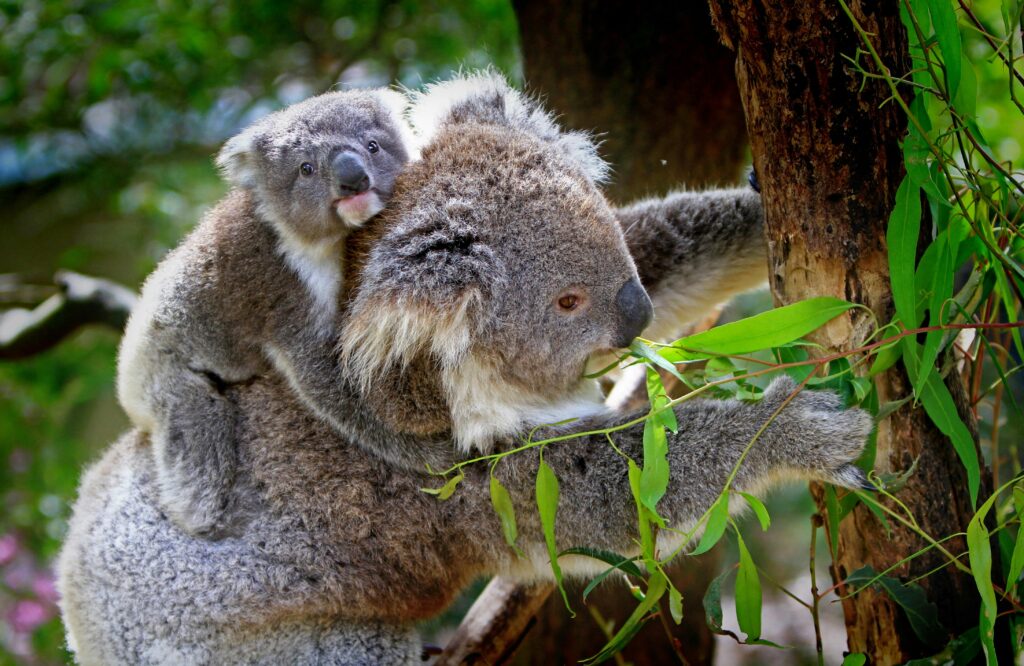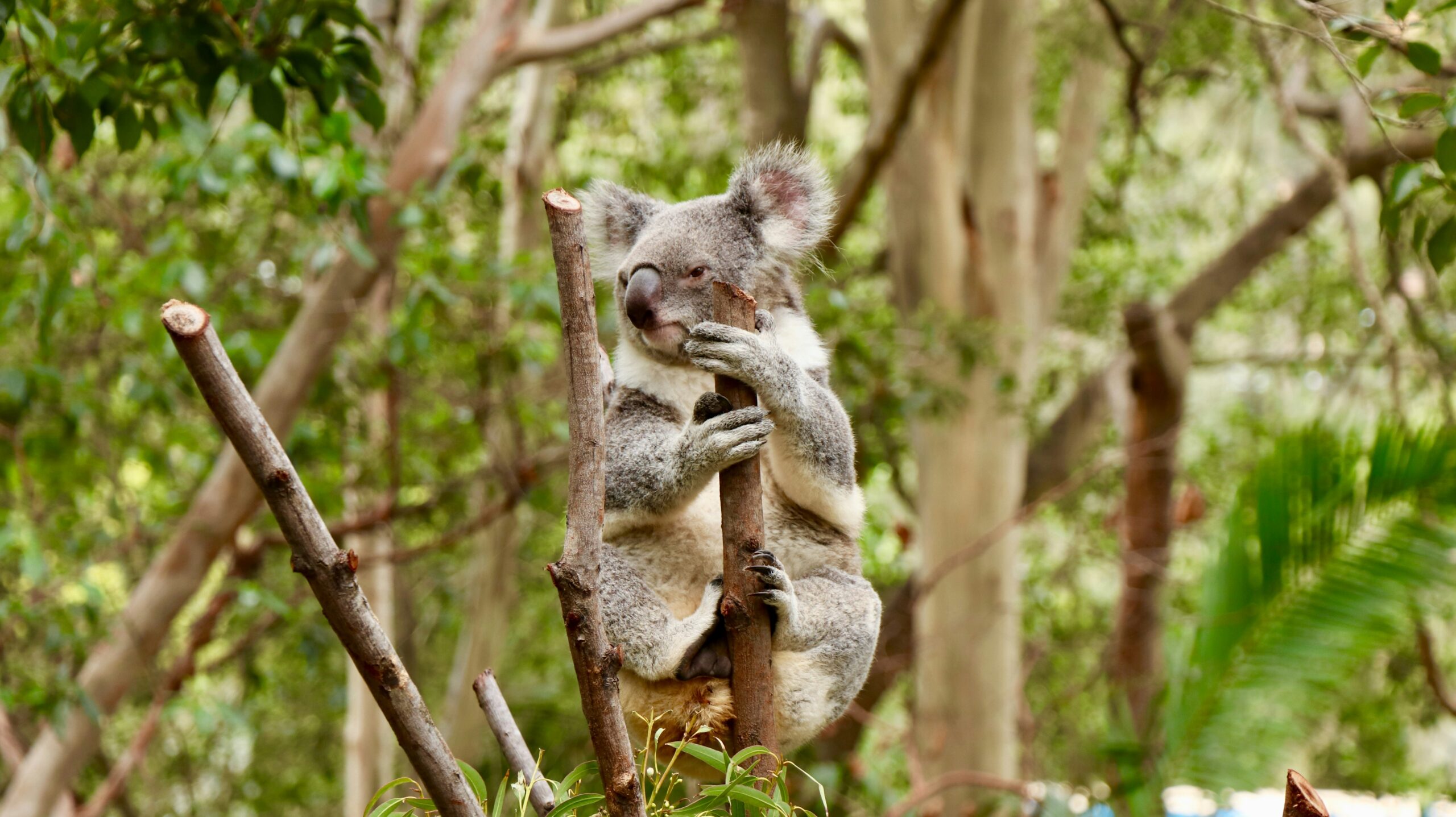Introduction
The Australia Koala Habitat Loss crisis has become one of the most urgent environmental debates in the country. Despite repeated government pledges to protect biodiversity, vast tracts of koala habitat are being cleared at alarming rates. Conservation groups, scientists, and even lawmakers are calling this a “total failure” of Australia’s nature protection laws.
The consequences of Australia Koala Habitat Loss extend far beyond one species: they expose weaknesses in environmental policy, undermine global commitments to biodiversity, and highlight the tension between economic growth and ecological survival.
The Scale of Koala Habitat Destruction
Australia is home to some of the most unique wildlife in the world, but koalas have become a global symbol of conservation. Yet, the Australia Koala Habitat Loss crisis continues to worsen.
Reports from environmental watchdogs show that:
- Tens of thousands of hectares of koala habitat have been cleared in New South Wales and Queensland in recent years.
- Much of this destruction is linked to urban expansion, logging, and agriculture.
- Climate change is intensifying the problem, with rising temperatures and bushfires further reducing habitat.
Koala populations have already fallen by an estimated 30% in just two decades, with some regions reporting catastrophic declines.
Why Laws Are Failing
At the heart of the Australia Koala Habitat Loss debate is the failure of existing environmental laws. Conservationists argue that:
- Weak enforcement allows illegal or questionable land clearing to proceed unchecked.
- Loopholes in planning laws permit large-scale development projects in sensitive habitats.
- Economic priorities often outweigh environmental protections during decision-making.
A recent parliamentary inquiry concluded that the country’s main environmental legislation, the Environment Protection and Biodiversity Conservation (EPBC) Act, is outdated and ineffective.
The Human Role in Habitat Destruction
The Australia Koala Habitat Loss issue is not simply about natural causes. Human activity plays a direct role in:
- Urban sprawl: Expanding suburbs in Sydney and Brisbane cut directly into koala corridors.
- Logging: Native forests continue to be harvested, often in critical koala habitats.
- Agricultural expansion: Clearing land for livestock and crops remains a major driver of deforestation.
The combination of these pressures leaves koalas squeezed into smaller, fragmented areas, making survival harder.
Climate Change Compounds the Crisis
The Australia Koala Habitat Loss emergency is made worse by the impacts of climate change. Rising temperatures and increasingly severe droughts weaken eucalyptus forests—the primary food source for koalas. Meanwhile, frequent bushfires have destroyed huge areas of habitat in recent years, killing thousands of animals.
Experts warn that without urgent action, climate change could render large parts of Australia unsuitable for koalas altogether.
Koalas as a National and Global Symbol
The Australia Koala Habitat Loss crisis resonates beyond conservation circles because of the animal’s iconic status. Koalas are seen as a national treasure, featured in tourism campaigns and beloved by the public worldwide. Their decline is therefore not only an ecological tragedy but also a reputational risk for Australia.
Environmental advocates argue that saving koalas could become a rallying point for stronger biodiversity protections.
Economic vs. Environmental Priorities
One reason the Australia Koala Habitat Loss problem persists is the ongoing tension between development and conservation. State governments often justify land clearing in the name of economic growth, jobs, and housing demand.
But critics say this short-term thinking ignores the long-term costs:
- Loss of biodiversity.
- Increased carbon emissions from deforestation.
- Reduced tourism revenue, as international visitors value Australia’s wildlife.
The Australia Koala Habitat Loss debate highlights a broader question: should economic growth continue at the expense of irreplaceable natural heritage?
Conservation Efforts and Campaigns
Despite the failures of existing laws, conservation groups are fighting to reverse the Australia Koala Habitat Loss crisis. Strategies include:
- Legal challenges against unsustainable development projects.
- Habitat restoration programs that replant eucalyptus forests.
- Wildlife corridors that reconnect fragmented habitats.
- Public awareness campaigns urging stronger political action.
Some local councils and communities are also stepping up, imposing stricter land-clearing rules or protecting habitats at the regional level.
Government Promises and International Pressure
The federal government has promised to strengthen environmental laws, but critics say progress is too slow. International bodies, including the United Nations, have warned that Australia risks failing its biodiversity targets under the Convention on Biological Diversity.
The Australia Koala Habitat Loss story is therefore not just a domestic issue—it is a test of Australia’s global environmental leadership.

What Needs to Change
Experts argue that addressing the Australia Koala Habitat Loss crisis requires:
- A complete overhaul of environmental legislation.
- Stronger enforcement mechanisms with real penalties for violations.
- Greater investment in habitat protection and restoration.
- Integrating climate change adaptation into biodiversity strategies.
Without these changes, koalas could move from “endangered” to “functionally extinct” in parts of Australia within decades.
Conclusion
The Australia Koala Habitat Loss crisis is a wake-up call for policymakers, conservationists, and citizens alike. It highlights systemic failures in environmental governance and the urgent need for reform. More importantly, it underscores the fact that protecting koalas is about more than saving one species—it is about preserving ecosystems, fulfilling international commitments, and safeguarding Australia’s natural heritage for future generations.
Unless swift and decisive action is taken, the Australia Koala Habitat Loss tragedy will become a symbol of environmental neglect. But if reforms succeed, koalas could remain a living emblem of resilience in a country grappling with the realities of climate change.
Source:
The Guardian


